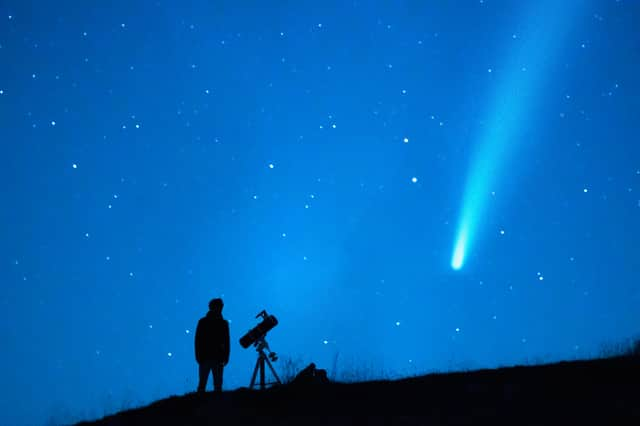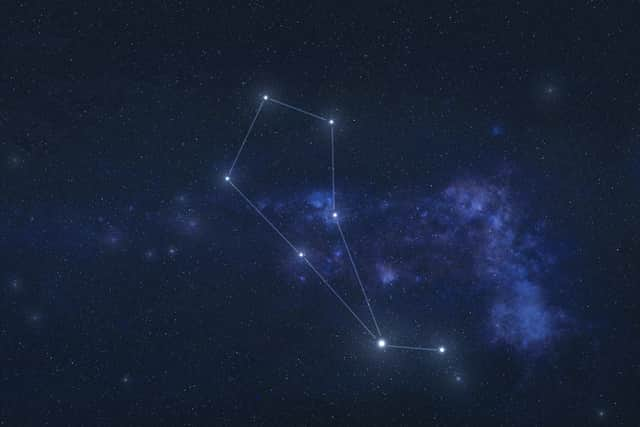Quadrantid meteor shower 2022 to light up the sky over Liverpool - how to spot shooting stars tonight


There’s a treat in store for budding astronomers tonight.
The first major meteor shower of 2022, the Quadrantids, rolls into our skies.
The meteor shower takes place every year in late December of early January and is expected to be brighter than usual this time, with as many 25 to 100 visible per hour.
Here is everything you need to know about it.
What are the Quadrantids?
Advertisement
Hide AdAdvertisement
Hide AdUnlike most meteor showers, the Quadrantids do not originate from the dust trail of a comet.
Instead, the shower takes place when our planet passes through the debris trail of the asteroid ‘2003 EH1’.
Quadrantids are especially known for their bright fireball meteors that last longer than the average ‘shooting star’.
Friction with the upper atmosphere heats up the incoming debris, causing the air around them to glow brightly.
Advertisement
Hide AdAdvertisement
Hide AdThe name comes from the now defunct constellation of Quadrans Muralis, that included portions of the Bootes constellation, where they meteors appear to radiate from.
When can I see them?
The happen every January but can be difficult to see some years as unlike some showers that last for a number of days, Quadrantids only last for hours.
This year they are expected to be better and brighter than usual, thanks in part to the thin crescent moon that means the sky will be dark.
They will peak on 3 January at about 20:40 and will appear to come from near the Plough, or Big Dipper, constellation.
Advertisement
Hide AdAdvertisement
Hide AdThat’s when you’ll really want to cross your fingers for clear skies.


What do I need to see them?
All of the major meteor showers can be seen with the naked eye, so there is no need for any sort of specialist equipment. The darker the sky is in your area, the better chance you’ll have at spotting them.
You will need to wrap up warm if you intend to venture out into the cold night though, and with January skies often unsettled, it would be advisable to keep the waterproofs handy.
Astronomers also advise you give yourself around an hour of observing time as the meteors can appear in spurts and are interspersed with lulls.
Will the skies be cloudy over Liverpool?
On Monday night we are due for some showers but we should be able to see through the build up of patchy cloud until midnight, so there is a good chance to see the meteors.
